Diverse Operational Roles
The Utility Aircraft Market is characterized by its diverse operational roles, which significantly contribute to its growth. Utility aircraft are employed in various sectors, including agriculture, firefighting, search and rescue, and cargo transport. This versatility allows operators to adapt to changing market demands and utilize aircraft for multiple purposes. For example, agricultural utility aircraft are increasingly used for precision farming, enhancing crop yields while minimizing resource use. The demand for utility aircraft in emergency response scenarios is also on the rise, as governments and organizations seek to improve disaster response capabilities. This diversification of roles is likely to sustain the growth of the Utility Aircraft Market, as it caters to a wide array of customer needs.
Increased Defense Spending
Increased defense spending across various nations is a significant driver for the Utility Aircraft Market. Governments are recognizing the importance of maintaining robust aerial capabilities for surveillance, reconnaissance, and logistical support. As military budgets expand, there is a growing demand for utility aircraft that can perform multiple roles, including troop transport and cargo delivery. This trend is particularly evident in regions where geopolitical tensions are rising, prompting nations to enhance their defense readiness. The utility aircraft segment is expected to benefit from this increased investment, as military forces seek versatile platforms that can operate in diverse environments. Consequently, the Utility Aircraft Market is poised for growth as defense contracts are awarded for new aircraft.
Sustainability Initiatives
Sustainability initiatives are becoming increasingly pivotal within the Utility Aircraft Market. As environmental concerns gain prominence, manufacturers are focusing on developing aircraft that minimize carbon emissions and fuel consumption. The push for greener technologies is evident in the rise of electric and hybrid aircraft, which promise to reduce the ecological footprint of aviation. Furthermore, regulatory bodies are implementing stricter emissions standards, compelling manufacturers to innovate. The market is witnessing a shift towards sustainable aviation fuels (SAFs), which are expected to play a crucial role in reducing greenhouse gas emissions. This trend is anticipated to drive investment in sustainable technologies, thereby reshaping the Utility Aircraft Market in the coming years.
Technological Advancements
The Utility Aircraft Market is experiencing a surge in technological advancements that enhance aircraft performance and operational efficiency. Innovations in avionics, materials, and propulsion systems are driving this growth. For instance, the integration of advanced navigation systems and automation technologies is improving safety and reducing pilot workload. Additionally, the development of lightweight composite materials is enabling manufacturers to produce more fuel-efficient aircraft. According to recent data, the market for utility aircraft is projected to grow at a compound annual growth rate of approximately 4.5% over the next five years, largely fueled by these technological innovations. As manufacturers continue to invest in research and development, the Utility Aircraft Market is likely to see an influx of new models equipped with cutting-edge technology.
Rising Demand for Air Cargo Services
The rising demand for air cargo services is a crucial driver for the Utility Aircraft Market. As e-commerce continues to expand, the need for efficient and reliable air transport solutions is becoming more pronounced. Utility aircraft are increasingly being utilized for cargo operations, providing flexibility and speed in logistics. The growth of online retail has led to a surge in small package deliveries, which utility aircraft can effectively accommodate. According to industry forecasts, the air cargo market is expected to grow significantly, with utility aircraft playing a vital role in meeting this demand. This trend is likely to stimulate investment in utility aircraft, further propelling the Utility Aircraft Market forward.
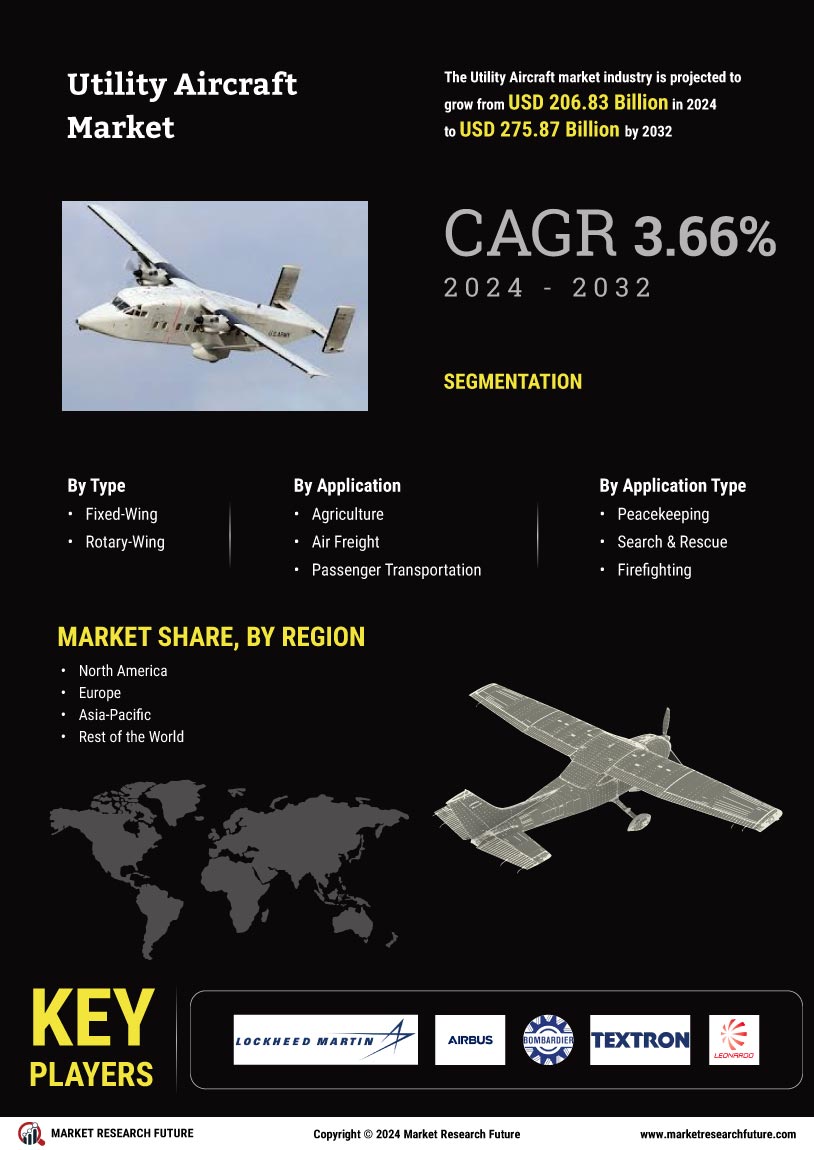

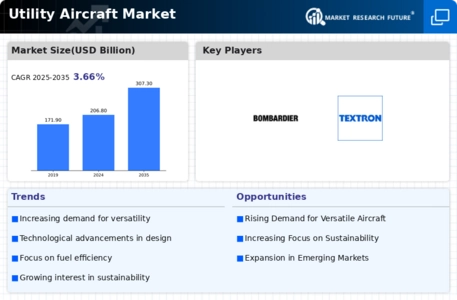
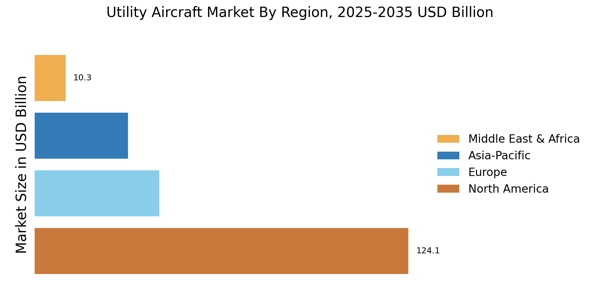
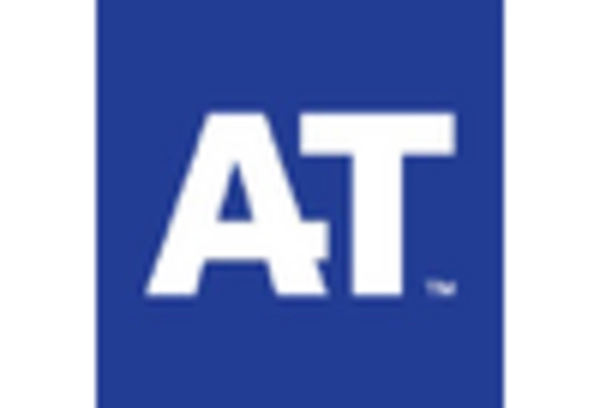
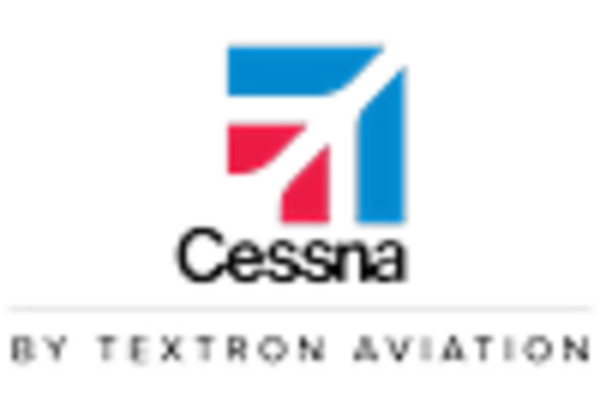
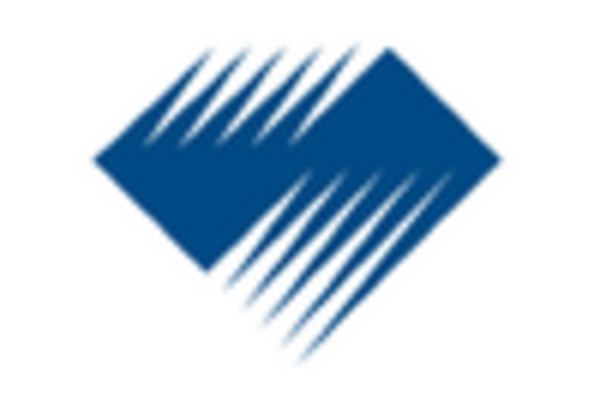
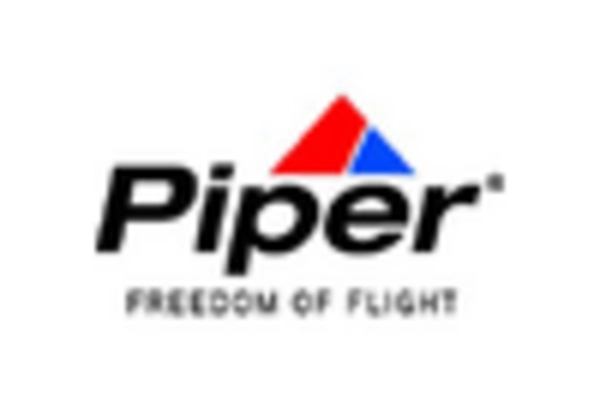
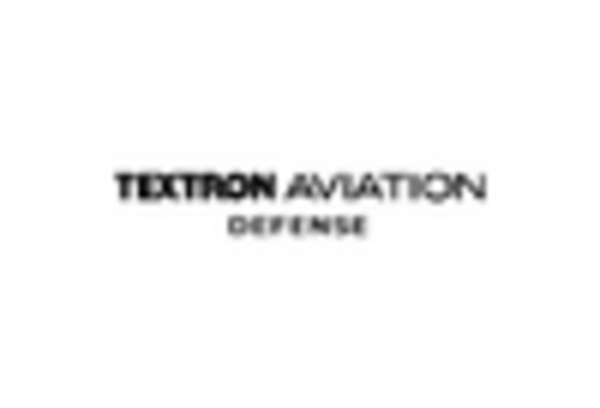









Leave a Comment